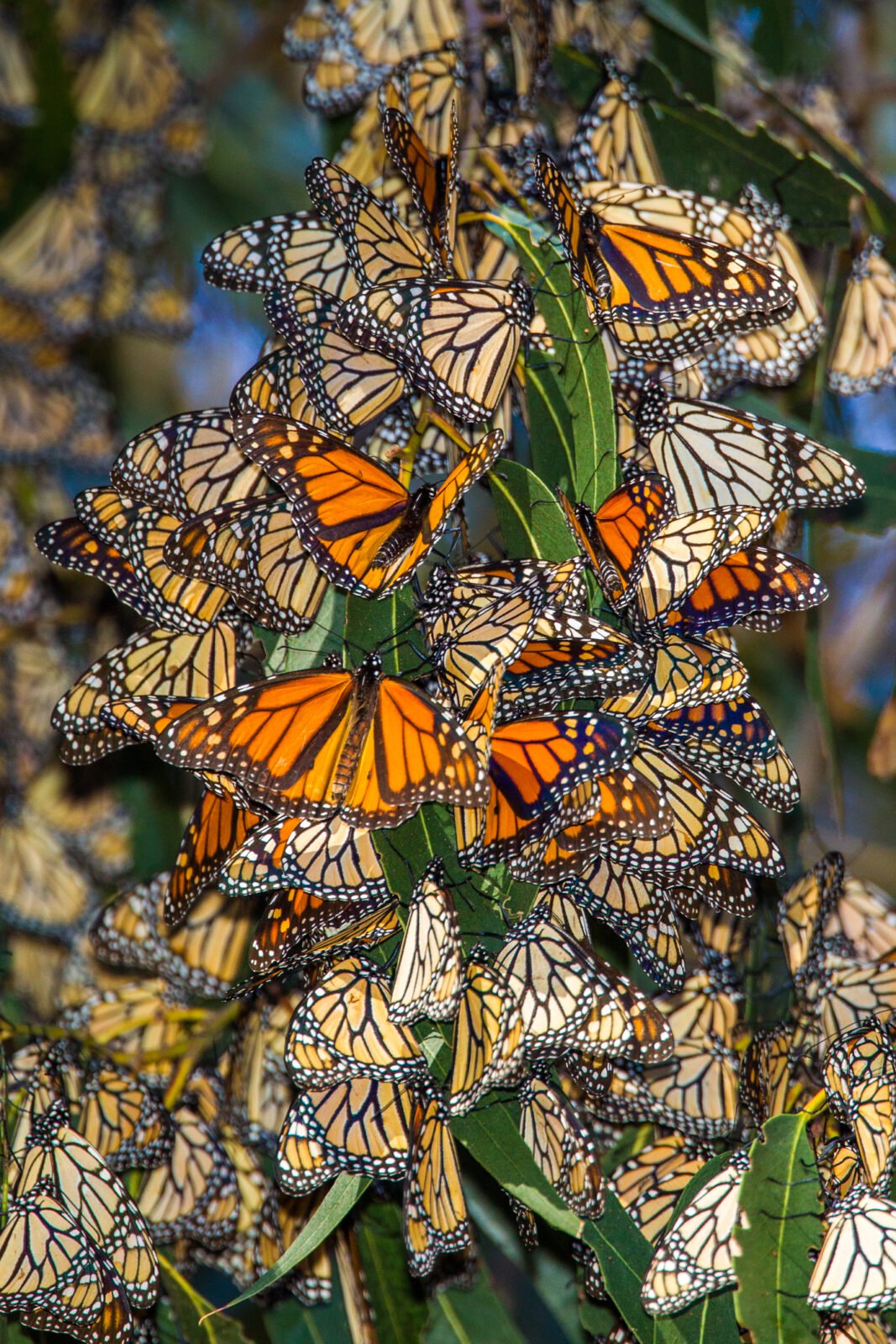
Native News Recap: 2022
Here’s a native news recap looking back at some of the biggest native plant news stories of the...

Planting in a Post-Wild World: Designing Plant Communities for Resilient Landscapes, by Thomas Rainer and Claudia West Rating: 🌳🌳🌳🌳🌳/5 Trees Genres: Non-Fiction, Garden Design, Horticulture Summary: If you’re looking for landscape design inspiration and guidance that goes beyond the stereotypical look of suburban gardens, this is the book for you. Review: Rainer and West approach garden design with the belief that humans have an innate emotional connection to natural and wild spaces. These wild spaces may be in sharp decline across the globe, but Rainer and West acknowledge that decline and use it as a starting point for their design principles. The purpose of this book is to act as “a guide for designing resilient” and “stylized versions of naturally occurring plant communities” (20), allowing us to maintain our emotional connection with nature within urban and suburban settings. Rainer and West provide tools gardeners and designers will need to select plants for their site, layer the plants, and create a compelling composition. Perhaps the most intriguing part of this guide is the descriptions of the four natural archetypes that should be emulated in these garden designs. Rainer and West recommend that the design process begin with an assessment of the site to determine with which archetype it most aligns: a grassland, woodland/shrubland, forest, or edge. Each archetype is broken down and its primary elements are explained in a way that even beginner gardeners can understand their composition and benefits. Rainer and West show designers and gardeners how they can mimic these archetypes while still maintaining the neat, and sometimes even heavily stylized, look of traditional gardens. Keep in mind that when recommending plants for these garden designs, Rainer and West allow for the limited use of exotic plants. Exotic plants can have a role in these designed plant communities, but don’t worry, they strongly discourage the use of invasive plants. When it comes to native species, Rainer and West recognize that because native plants are “naturally adapted to their specific sites”, they “can and perhaps should be the starting point for developing high-quality designed communities. In many ways, starting with a native plant community as a reference point can simplify the design process” (41). This book moves beyond the maxim of “right plant, right place” and approaches garden design more holistically by looking at the relationships of plants to place, plants to people, and plants to other plants. We highly recommend this book for its accessible and unique approach to garden design which gives both professional designers and at-home gardeners the tools to bring natural plant communities to urban and suburban settings.

Here’s a native news recap looking back at some of the biggest native plant news stories of the...
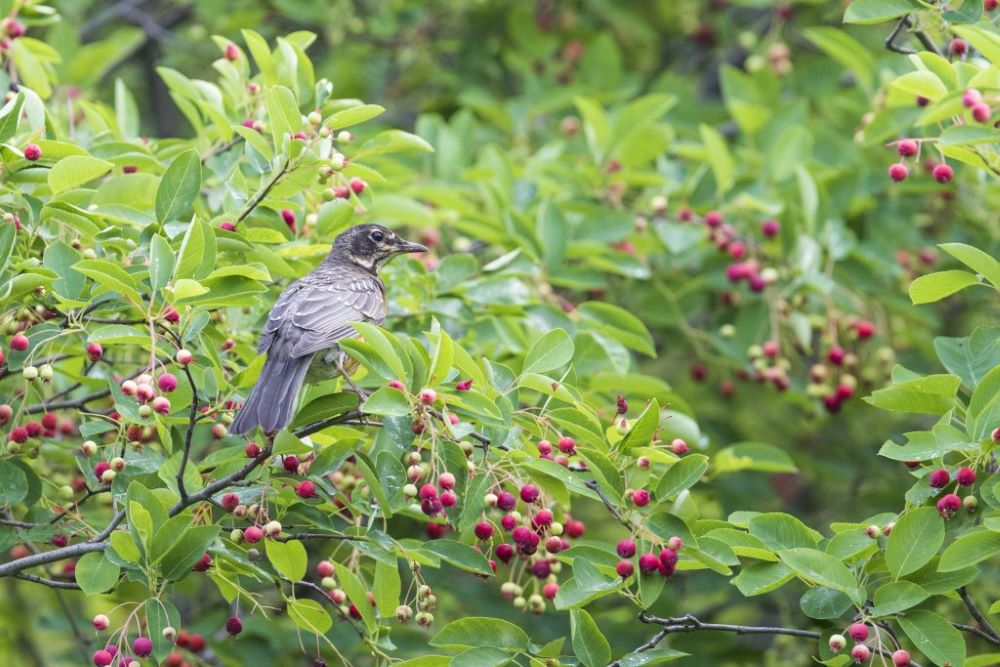
In the past we have emphasized the importance of keystone species in supporting bird populations,...
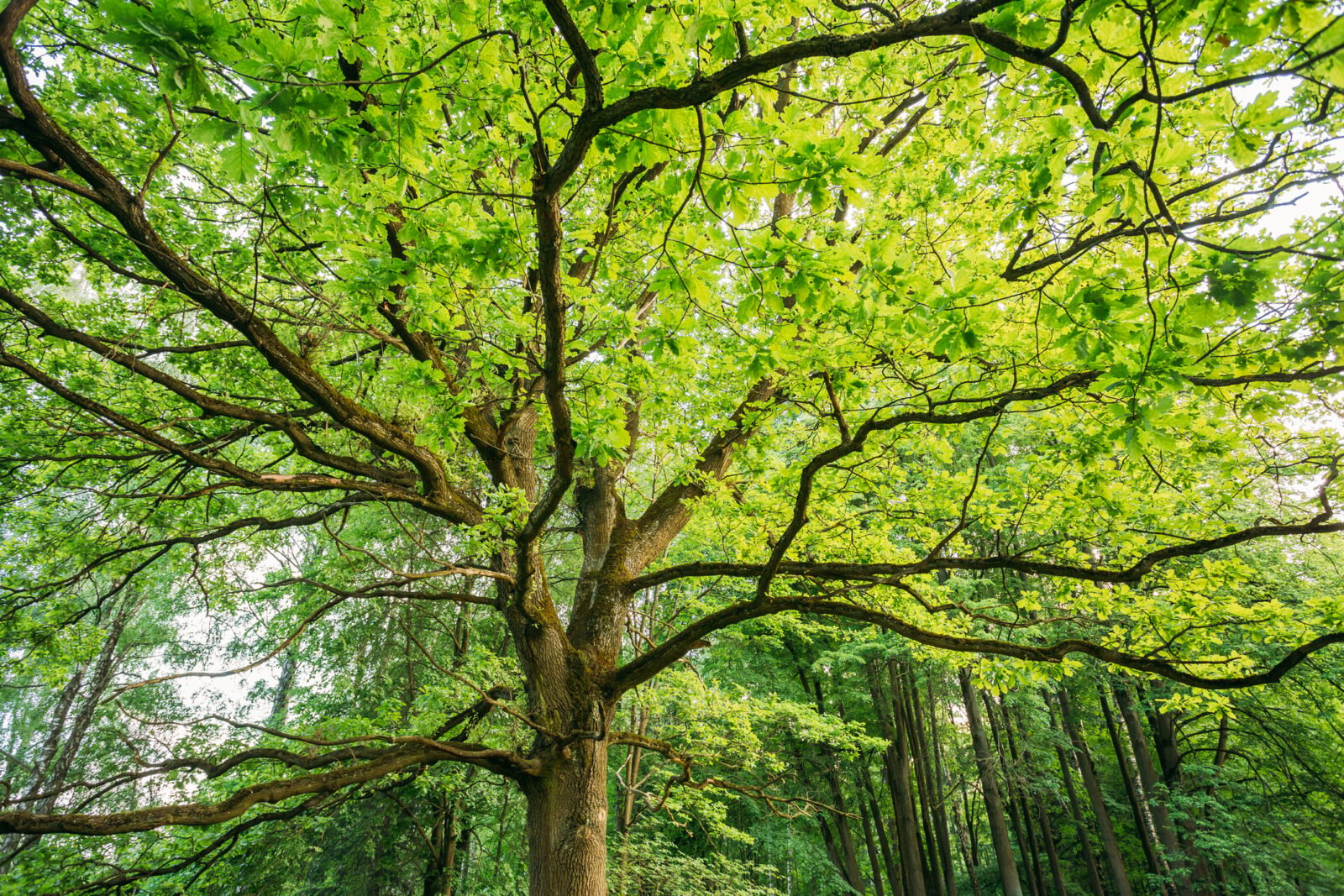
Perennials are the stars of most gardens, and no wonder! They provide a variety of shapes and col...
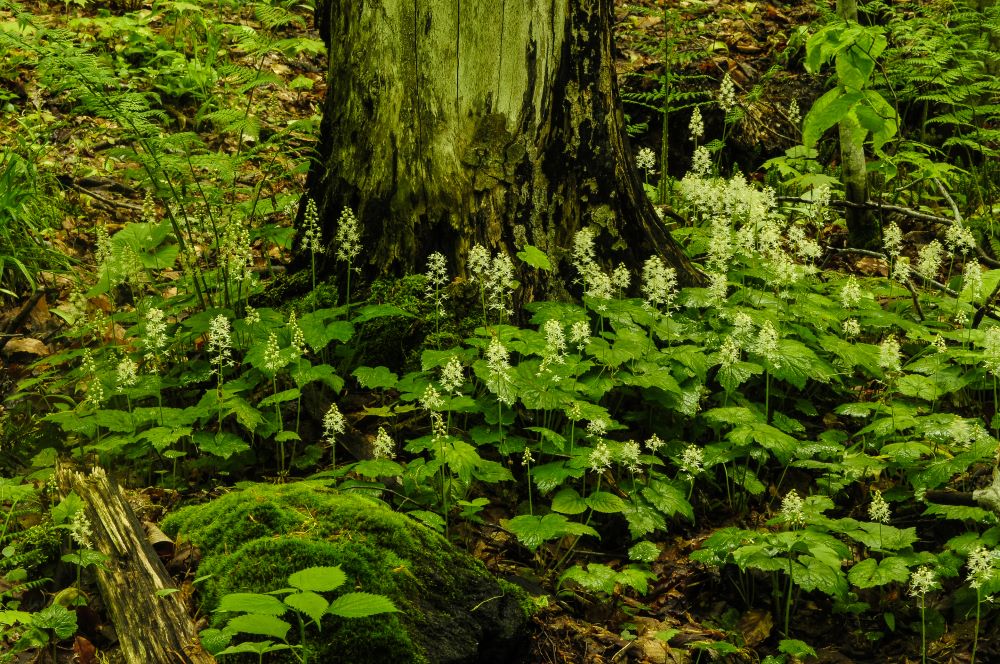
These native ground covers for shade make a perfect living mulch by holding in moisture, keeping ...

Gardening is ‘In’! Over the past two years gardening has suddenly become very popular with pe...
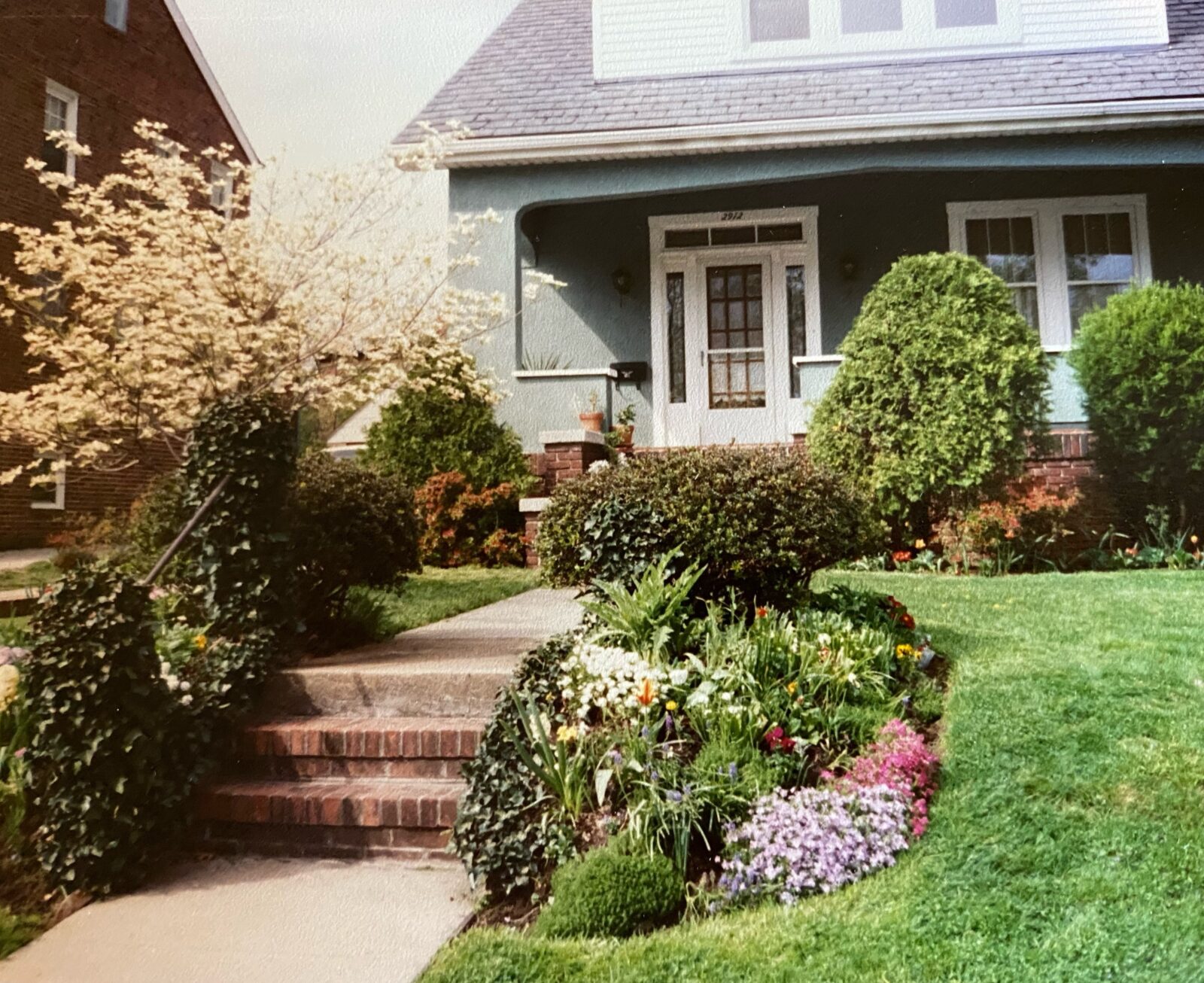
Mothers give us so much, but sometimes it takes a while for us to appreciate the gifts that we ca...
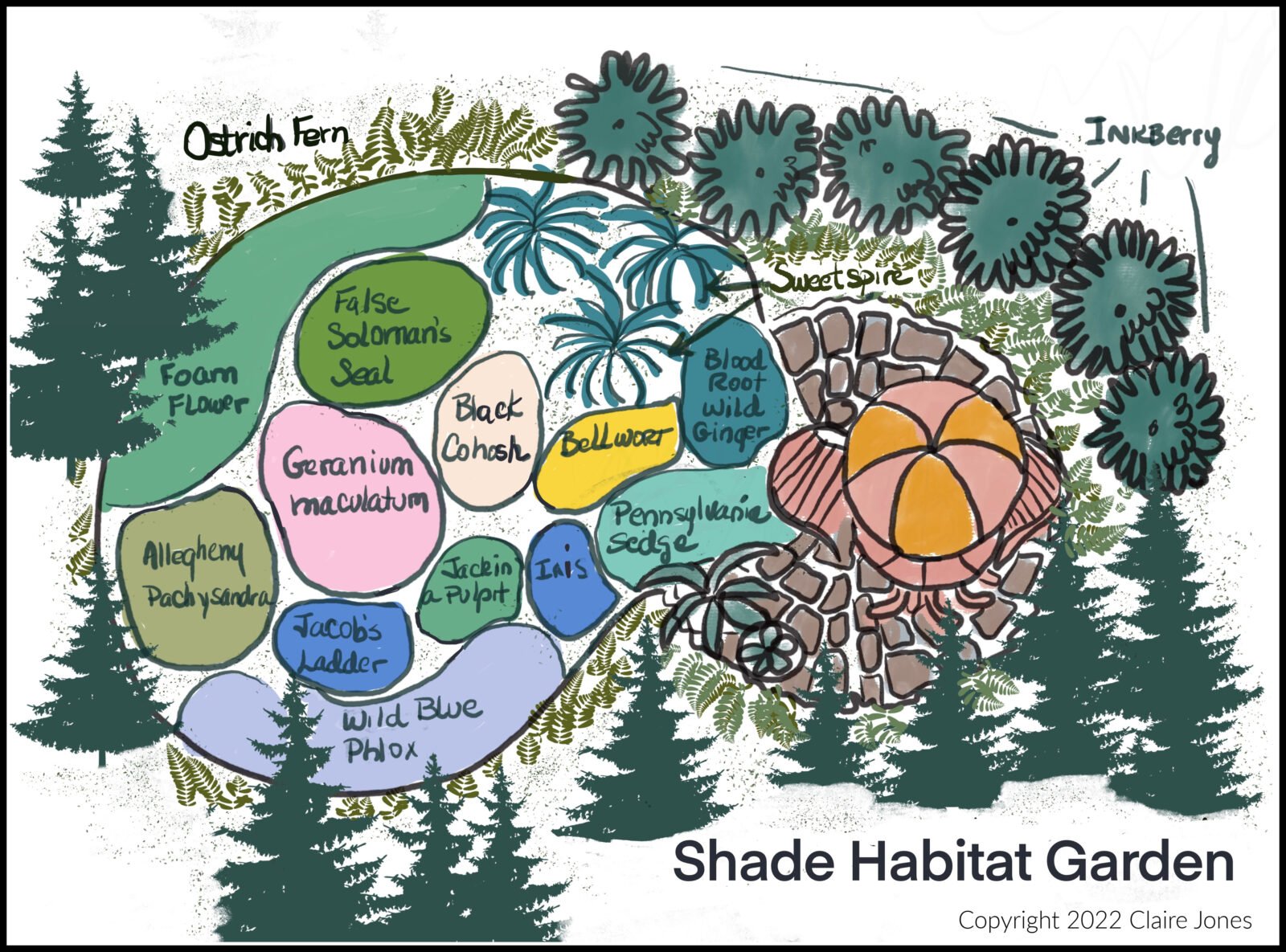
This is the second part of my Habitat Heroes Design series. The first part was a sunny garden of ...
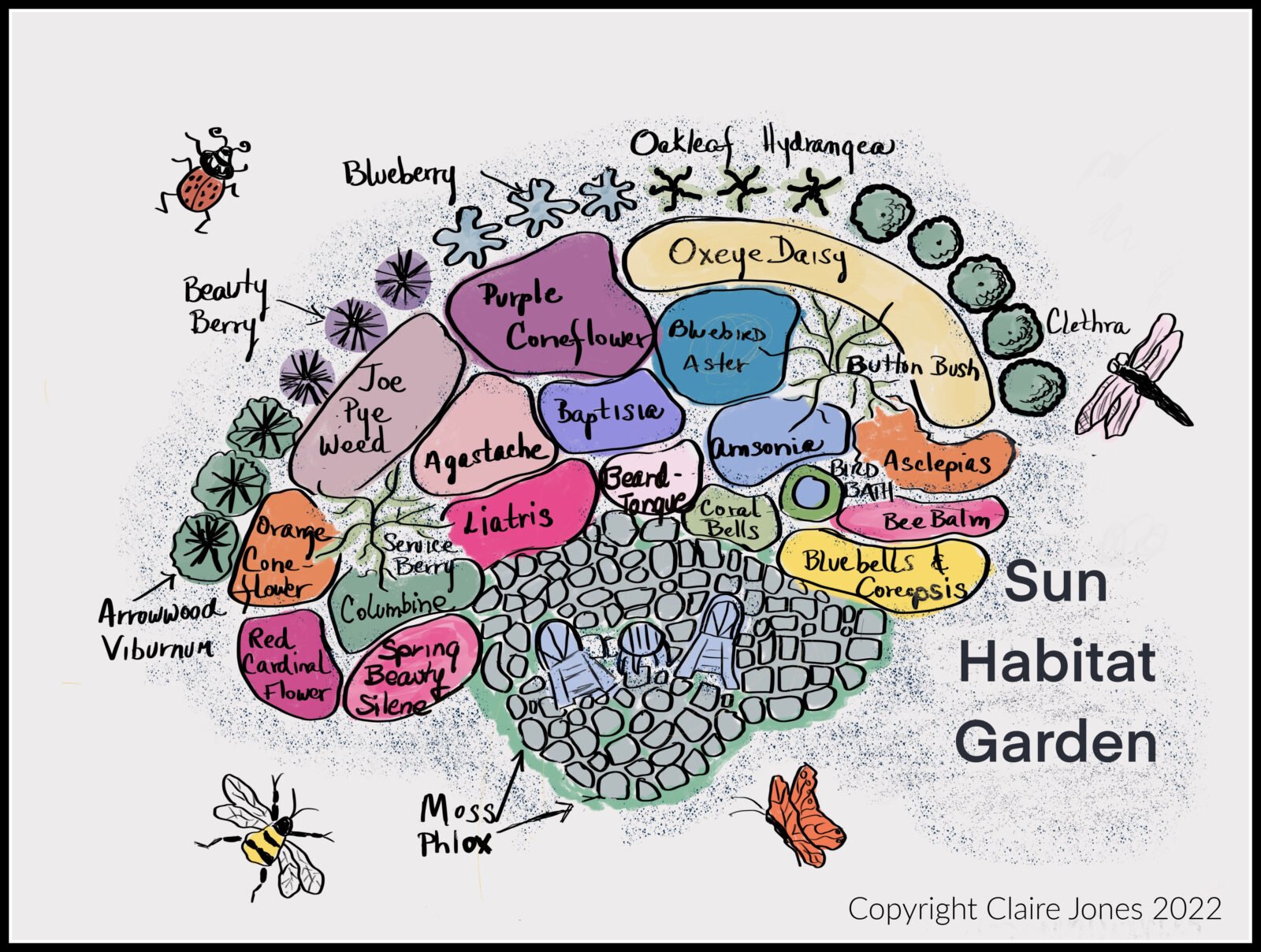
This blog post will cover how to design and install a Sunny “Habitat Hero Garden” with native...
Now Shipping for Spring 2024!